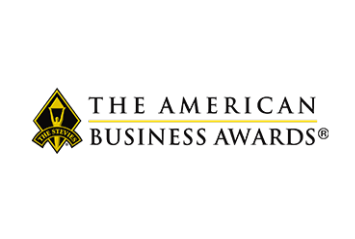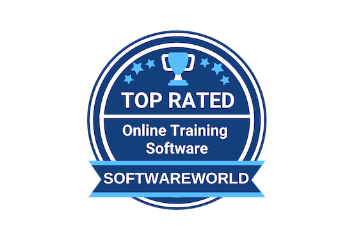Alaska Training Requirements
Sexual harassment training is not legally required under Alaska state law, but providing it is strongly recommended by the Equal Employment Opportunity Commission (EEOC) and is considered a best practice for all employers.
Employers who implement training programs help foster a respectful, inclusive workplace and significantly reduce the risk of harassment-related lawsuits and complaints. Training should be proactive, inclusive, and tailored to meet the needs of different roles in the organization.
While there’s no fixed legal timeline, new hires should ideally receive training within their first year, with refresher courses every two years.
Here’s a scannable view for the busy you:
| Requirement Area |
What You Need to Know |
| Who must comply |
All Alaska employers, including public and private sector |
| Who must be trained |
All employees recommended; supervisors should receive enhanced training |
| When to train |
Within 1 year of employment (recommended) |
| Training duration |
1 hour (employees); 2 hours (supervisors, as best practice) |
| Training frequency |
Every 2 years recommended |
| Training format |
Interactive preferred; may be online or in-person |
| Recordkeeping |
Not required by law, but strongly recommended (attendance, content, dates, provider info) |
How often should employees complete training, and how long should it be?
While Alaska does not mandate sexual harassment training, it is generally recommended to:
-
Conduct training at onboarding or within the first year
-
Repeat every 2 years to reinforce awareness and compliance
-
Provide 1 hour of training for general employees
-
Offer 2 hours of more comprehensive training for supervisors, which may include bystander intervention and leadership responsibilities
What are the content expectations for harassment training in Alaska?
Training content should align with EEOC federal guidelines, and include:
-
The definition of sexual harassment and its various forms
-
Examples of verbal, visual, and physical harassment
-
How to report misconduct, internally and to external agencies
-
Legal protections against retaliation
-
Guidance on creating a respectful workplace culture
Even though Alaska has no formal state content mandate, these components are widely regarded as best practices to ensure effective education and legal protection.
Are employers required to maintain training records in Alaska?
Alaska law does not require employers to maintain sexual harassment training records. However, maintaining documentation is highly recommended to:
-
Demonstrate good-faith compliance with EEOC best practices
-
Help defend against claims or complaints
-
Track training dates, formats, attendance, and provider materials
Employers should retain this documentation as part of their HR compliance strategy.
What is the law that governs workplace harassment in Alaska?
While no state law mandates training, The Alaska Human Rights Law prohibits:
-
Discrimination or harassment based on sex, race, religion, age, color, ancestry, and disability
-
Retaliation against anyone who reports or participates in harassment investigations
Employers who fail to prevent or address harassment could be found in violation of this statute and held liable in investigations by the Alaska State Commission for Human Rights or the EEOC.
How can employees file a harassment complaint in Alaska?
Employees who experience or witness harassment can file complaints with:
Both agencies may investigate, mediate, or pursue legal action depending on the nature of the complaint.
Where do I find a harassment training program that fits my Alaska workplace?
You can find expert-designed training courses aligned with EEOC recommendations and suitable for employers on ProProfs Training Maker. These programs are:
-
Fully editable with your company policies and branding
-
Appropriate for general staff and supervisors
-
Built to promote a safe, respectful, and legally sound workplace culture














